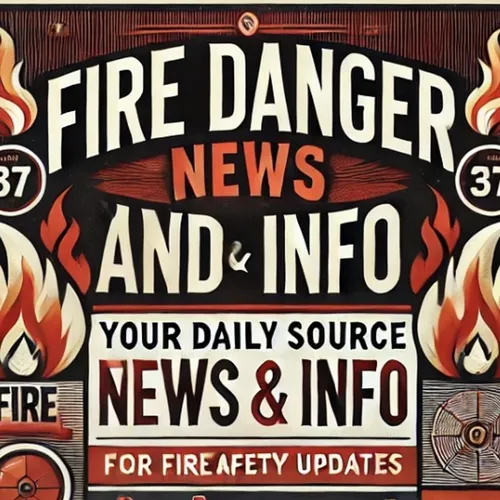Sizzling Summers, Scorching Wildfires: Navigating the Nationwide Fire Danger
- Author
- Quiet. Please
- Published
- Wed 30 Jul 2025
- Episode Link
- https://www.spreaker.com/episode/sizzling-summers-scorching-wildfires-navigating-the-nationwide-fire-danger--67193085
Across the United States, fire danger remains a significant concern as the peak of summer brings persistently dry weather, high temperatures, and numerous wildfire incidents. According to the National Interagency Fire Center’s July 2025 outlook, above normal temperatures have prevailed across much of the West and the northern half of the country, while dry and moderate drought conditions continue to expand. In early July, fire activity in Southern and Eastern areas began to decrease, but the Great Basin, Southwest, and Alaska regions all experienced notable spikes in wildfire activity. Interior Alaska, in particular, saw a prolific lightning event that triggered a surge in wildfires, briefly pushing its preparedness level to the maximum. As of mid-July, roughly two and a half million acres have burned nationwide, which is below the ten-year average in terms of acreage, but the total number of fires is up, standing at 127 percent above average over the same period, based on data from the National Interagency Fire Center.
In Arizona, the White Sage Fire on the Kaibab National Forest has burned nearly fifty-nine thousand acres and remains eighty-three percent contained as of July 30, with over one hundred firefighters still assigned to repair critical suppression lines and support regrowth of native plants in the affected area. Occasional smoke is still visible near highways, and motorists are being urged to drive carefully due to firefighting personnel working along the roads, as reported by the Kaibab National Forest Public Information office.
Elevated fire danger is prompting new restrictions in other parts of the country as well. For example, Hawaii Volcanoes National Park has implemented temporary road closures and banned campfires in certain campgrounds due to ongoing dry conditions and heightened fire risk. While campgrounds remain open, only propane or gas cooking stoves are allowed, as emphasized in a release from the National Park Service this week. Park officials remind visitors that most wildfires in Hawaii are human-caused and urge extra caution, especially with vehicle exhaust that can ignite dry grass.
Central Oregon has also seen significant activity, with multiple incidents prompting rapid responses and fire restrictions on public lands. Fire and prescribed burn alerts are active across major counties, with agencies coordinating daily to address new and ongoing wildfires according to Central Oregon Fire Information.
Looking at the national patterns, the current landscape is characterized by waves of above normal heat, low humidity, and lightning events that are intensifying the wildfire threat, particularly across the western states, Alaska, and occasionally parts of the Pacific. Public agencies are focusing on fire prevention, repair of suppression efforts, and tighter restrictions in response to the severe conditions. This trend underscores the importance of community awareness and readiness as the wildfire season continues to unfold across the United States.
Some great Deals https://amzn.to/49SJ3Qs
For more check out http://www.quietplease.ai
